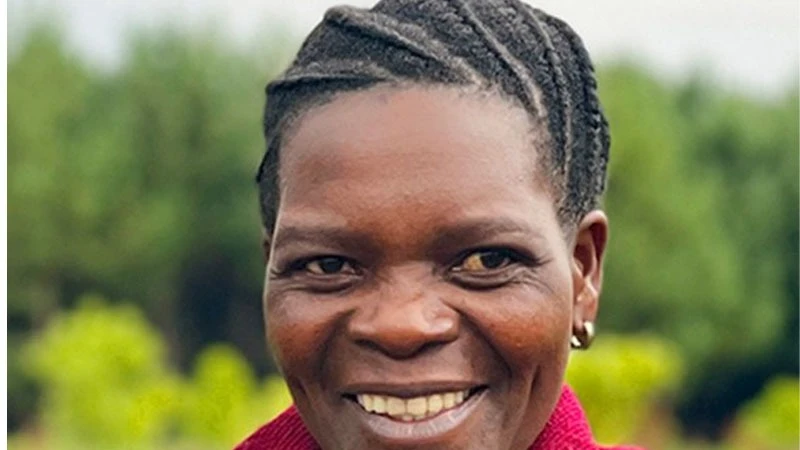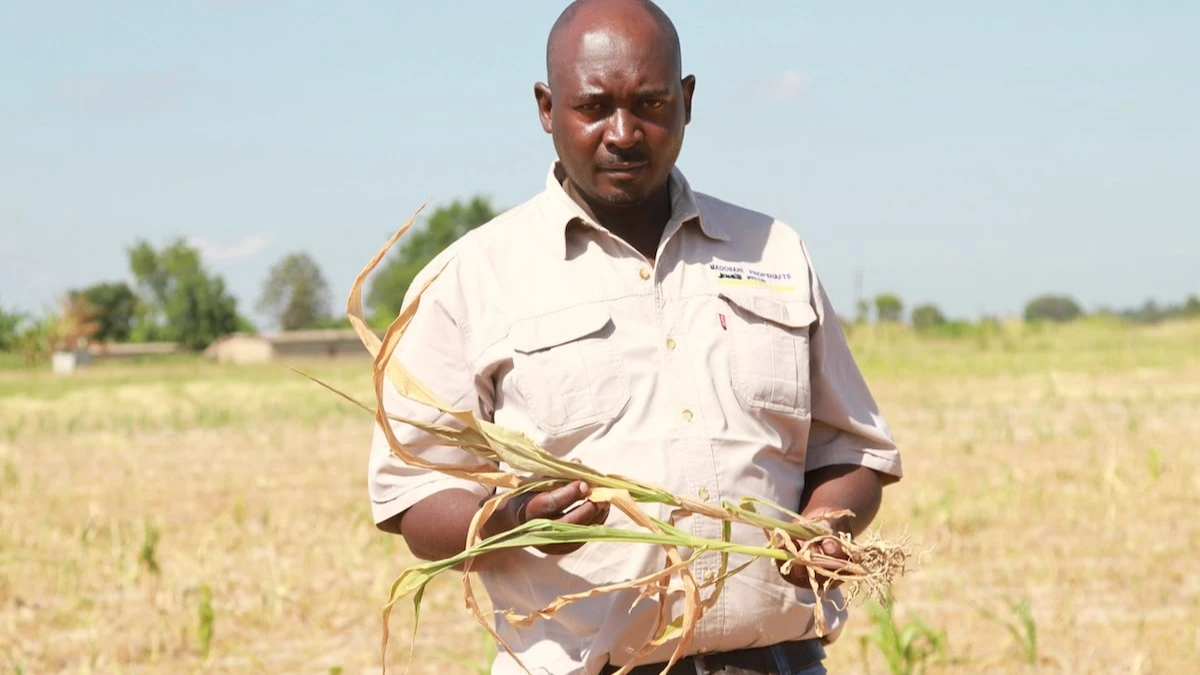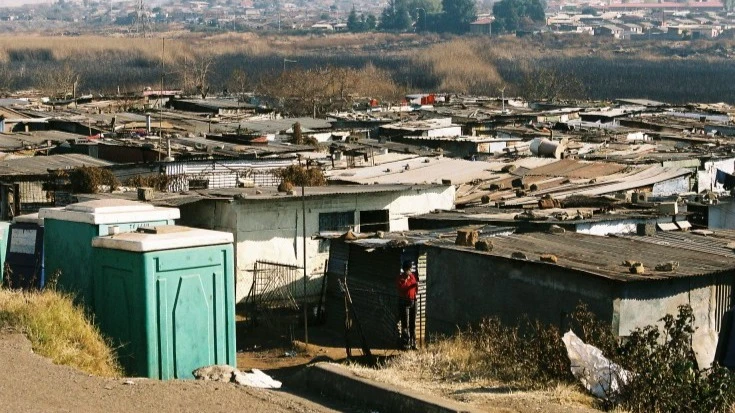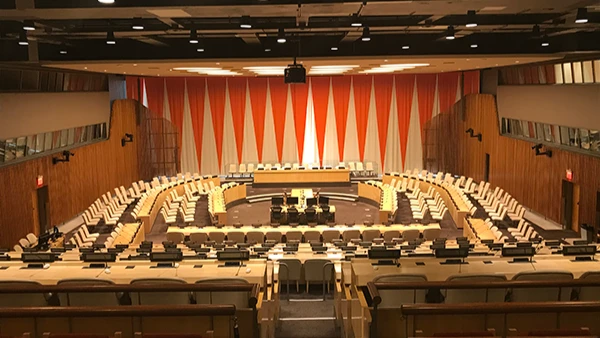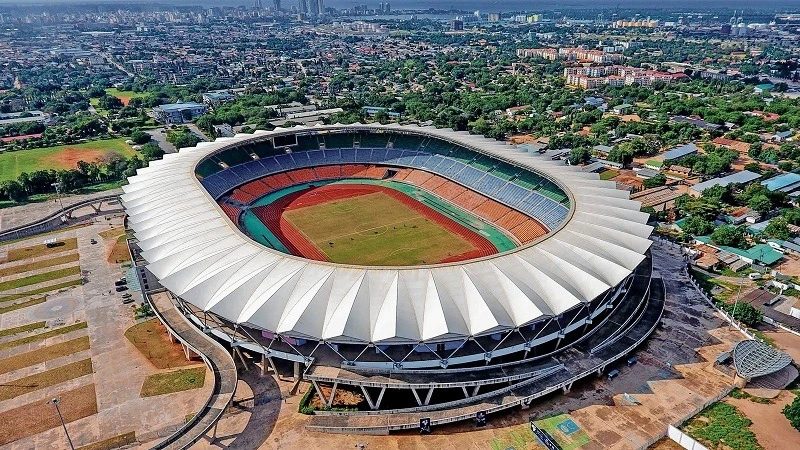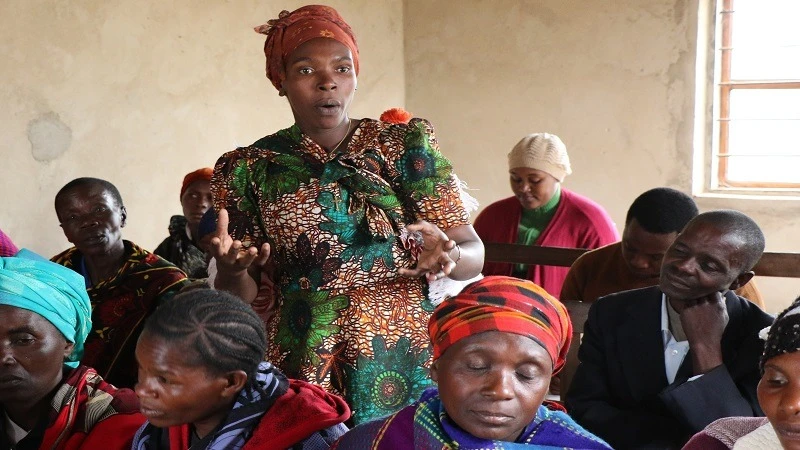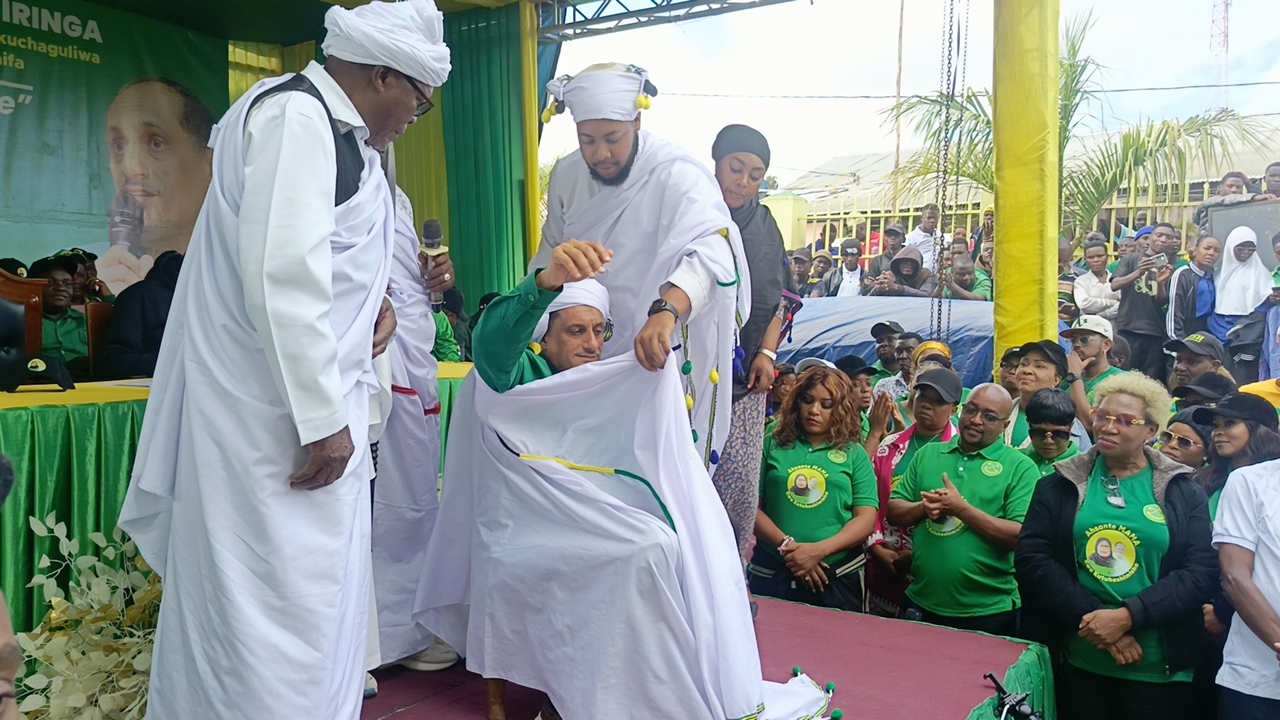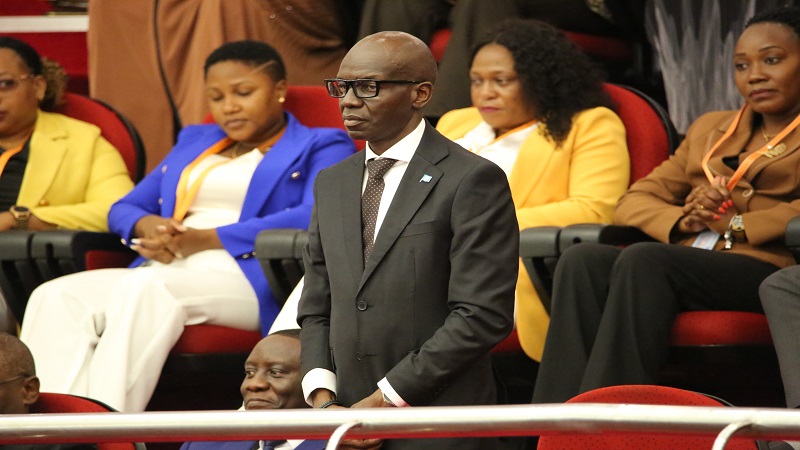Drought: Shinyanga farmers left empty-handed after failed harvests

By all accounts, this should be the season when Shinyanga beams with life. It’s harvest time—June through August—months when the region usually shakes off its dust and sings into the night.
The rhythms of celebration, the laughter of families reunited under the glow of abundance, and the unmistakable hum of marketplaces brimming with new radios, mattresses, bicycles, and booming music. For the Sukuma, this isn't just a season—it's a cultural climax, where successful harvests of rice and maize translate directly into joy, generosity, and a kind of fearless living.
This year, the music never started. The drums are silent. The fields are dry. The harvest is a shadow of itself. Instead of dancing in beer halls or hosting noisy weddings, many Sukuma households are locked in quiet worry, counting every grain, every shilling, every meal. Where last year there were sacks upon sacks of rice and maize, this year there are just questions, regrets, and a creeping fear of scarcity.
There’s no glow of prosperity, no open-handed spending, no wild buying sprees where a red radio priced at 300,000/- would be bought without a blink. No bicycles gleaming in the sun. No laughter rising from fresh bars hastily opened for the season.
No women complaining light-heartedly about their husbands disappearing into the haze of new love affairs born from the sugar rush of a booming harvest. All that has faded with the rains that never came. Instead, Shinyanga feels paused. Still. As if holding its breath, hoping the next season will be kinder.
Last year, the streets of Ibinzamata, Bugweto, Isalamagazi, Mwayeni, Mwagala, Didia and surrounding towns were electrified with music, new bars sprang up overnight, women draped in their finest danced through the night, and a sea of bicycles and brand-new mattresses swelled through the markets.
The Sukuma people, dominant in the region and famed for their exuberance, poured their hearts and wallets into post-harvest festivities. Paddy sold fast, and money flowed even faster.
But this year? silence, dust, caution. The harvest has failed again. The rains betrayed them. “There is nothing to celebrate this year,” says Neema Maziku, a paddy farmer from Mondo ward. “We used to measure joy by the gunia sack of rice in our stores. Now, all we have is anxiety. And empty sacks.”
In stark contrast to last year—when a single sack of paddy was sold between 55,000/- and 65,000/-, and the price of a kilo of rice hovered around 1,100/- this year, the few who harvested anything are hoarding it.
With prices now ballooning to 80,000/- per sack and many farmers unwilling to sell at all, fearing household food shortages, the ripple effect is being felt across every economic layer in the region.
For the Sukuma, the connection between agriculture, celebration, and identity is cultural. Their belief is simple but powerful: if you have energy, land, and faith in rain, life should be abundant.
This belief fuels their post-harvest extravagance—no bargaining in the market, red radios purchased at triple the price just because they’re red, and the unmistakable buzz of money being spent as though the fields were infinite. But this year, the narrative has been flipped on its head.
“It’s the drought,” says Bakari Juma, manager at Dorfra Co. Ltd, which partners with NGOs to support small-scale farmers. “Rains came late and were far too little. Most of the paddy farms dried up before the stalks even flowered.”
And the pain runs deeper than failed crops. Across Kahama, Ushetu, and Shinyanga Rural, the buzz of tractors has been replaced with the rustle of dry wind. Livestock, too, are suffering. With parched grazing land and widespread dust choking the dry plains, even cattle—the pride of many Sukuma households—are withering.
Anamringi Macha, the Shinyanga Regional Commissioner, has for years urged locals to store food and sell smart. His calls were often met with enthusiasm, especially during years of plenty. “But now,” he noted during a recent agricultural meeting, “we see what happens when nature doesn’t cooperate. The harvests are down, and the markets are hurting.”
Indeed, traders are lamenting the absence of the seasonal boom. In previous years, traders would bring bicycles, mattresses, radios, utensils, and clothing in bulk, knowing that Sukuma farmers were ready to splurge. Now, they sit idle. Shops are quiet. Many have slashed prices, but there are still no takers.
Mary Mganga, a farmer from Busoka ward, captures the mood on the ground. “We only harvested 15 sacks of rice per hectare this season,” she says, frustration seeping through her voice. “We used to get 40 or even 50. The problem is not just rain. We don’t know how to use fertilizers properly, or when to weed, or how to treat pests.”
Mary’s confession is echoed by many women farmers, who also say they are being pushed to the margins by rising agricultural costs. “A single ox-drawn plough costs over 200,000/-. Who can afford that? We’re stuck with hand hoes worth 7,000/- to 10,000/-, which work on small plots only.”
Recognizing the growing vulnerability, Dorfra Co. Ltd and Meda Tanzania began distributing agricultural tools at subsidized prices—up to 75 percent off—and launched training sessions to promote modern farming. Between November 27 and 29 last year, over 500 farmers across 20 wards in Kahama received equipment and participated in training on seed selection, field preparation, weed control, and fertilization schedules.
“The goal,” says Bakari Juma, “is not just to increase production. It's to make these farmers resilient—so that when the rains play tricks, they can still hold their own.”
Yet, resilience takes time, and in a season like this, time feels like a luxury. The fields now tell the real story. Once lush green paddies now lay cracked and brown.
Many farmers still cling to traditional rice varieties like Supa, Shingo ya Mwali, and Kahogo, which, although praised for their flavor and environmental endurance, are low-yielding and slow to mature. Their tall stalks are vulnerable to lodging, especially in unpredictable weather.
Most farmers still rely on UREA fertilizer but lack knowledge on when or how to apply it. “It should go in two weeks after transplanting, then again after four,” says Pendo Matulanya, head of Agriculture in Kahama. “But many just don’t know—and without guidance, mistakes are inevitable.”
Though subsidies exist, they fall flat without proper outreach. Farmers like Mary and Neema weren’t even aware of them. “If we knew how to use them, maybe things would be different,” Neema says quietly.
Meanwhile, the land tells its own story. Dust blankets everything. Roads are empty. Markets slow. The usual confidence—swapping crops for goods—is gone. Now, farmers wait, uncertain and uneasy, unsure what the next season might bring.
“There’s no music. No dancing. No men running off to marry second wives,” says Mzee Juma from Ngokolo, a weathered farmer with a dry chuckle that doesn’t quite mask the ache beneath. “When the harvest fails, even love stories pause.”
Shinyanga isn’t alone. All across Tanzania, changing rain patterns have thrown rural life off balance. But here, where nearly every family leans on the land, the impact is deeply personal—felt in empty silos, skipped celebrations, and silenced drums.
The Sukuma spirit is strong, rooted in tradition and resilience. But even spirit needs rain. And as livestock search dusty plains for pasture and children ask questions their parents can’t easily answer, one truth lingers in the still air: when the rains falter, so does everything else. Yet the silence isn’t defeat. It’s waiting. Because in Shinyanga, even now, hope sows itself quietly—one season at a time.
Top Headlines
© 2025 IPPMEDIA.COM. ALL RIGHTS RESERVED


